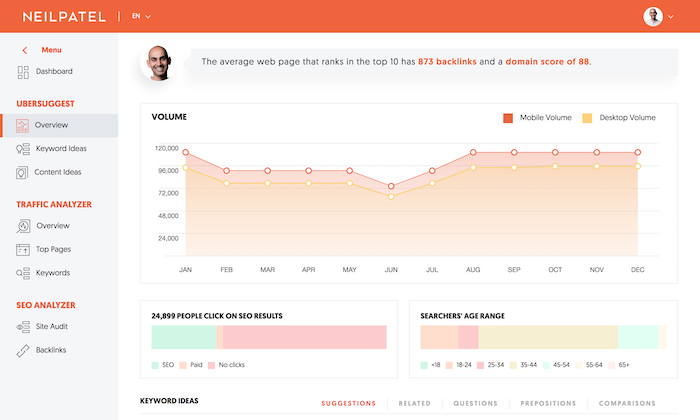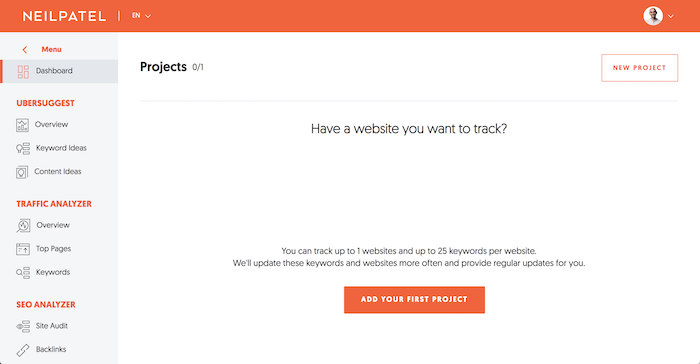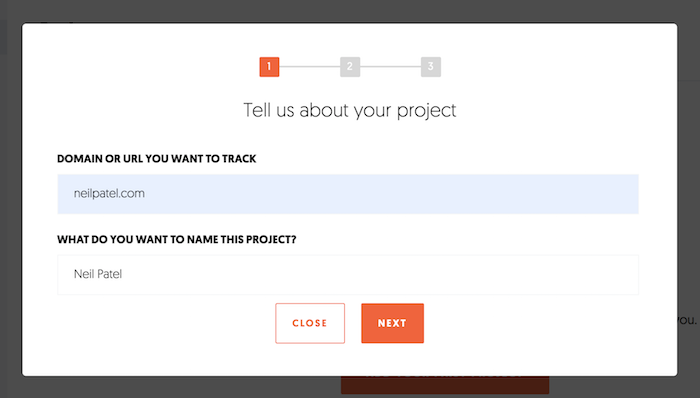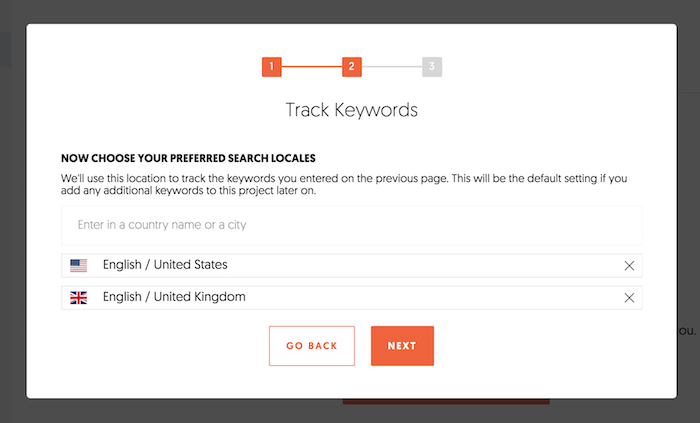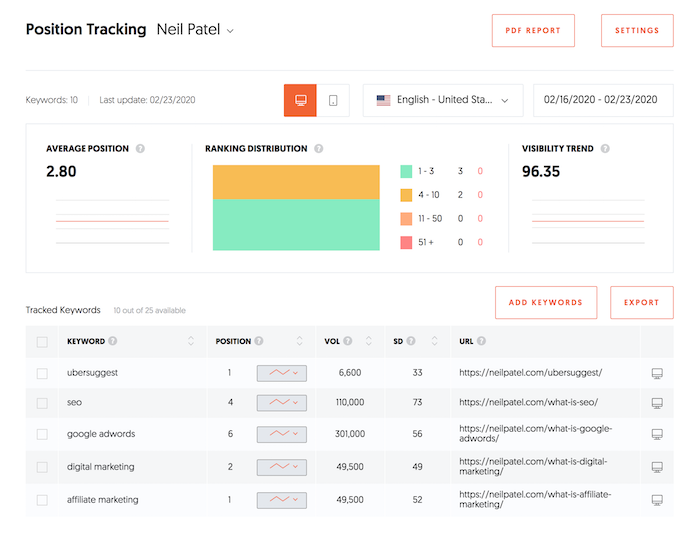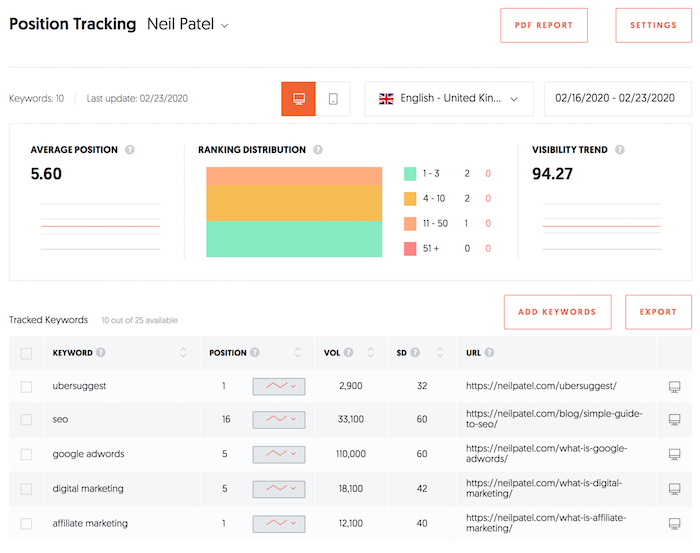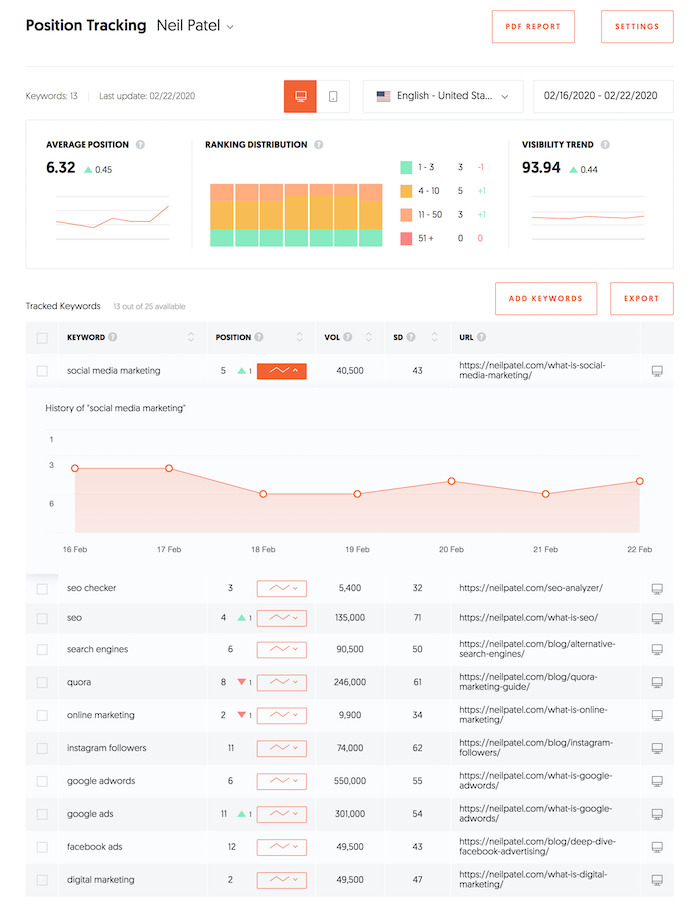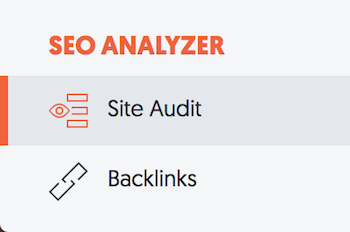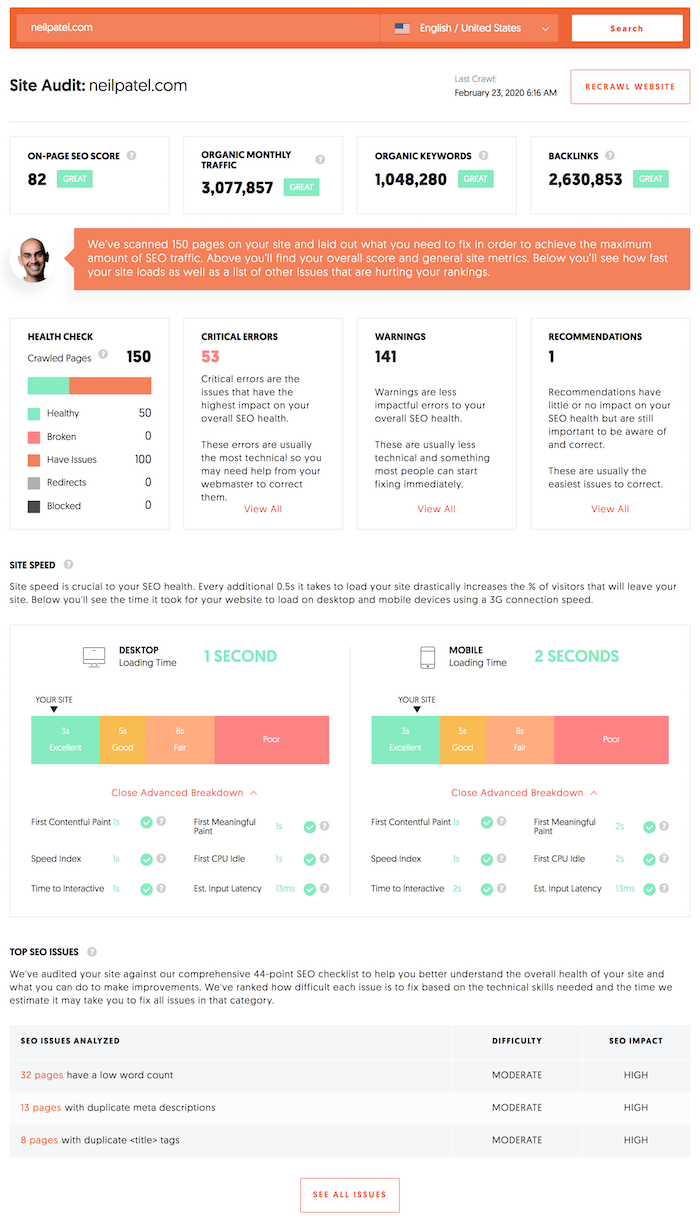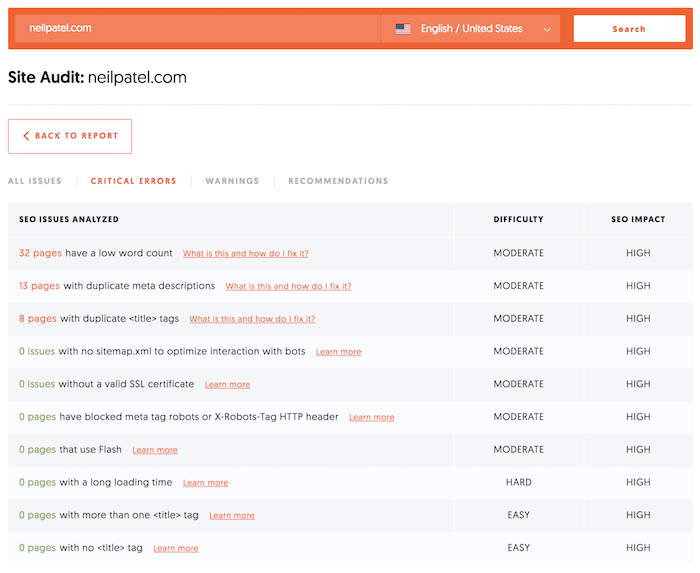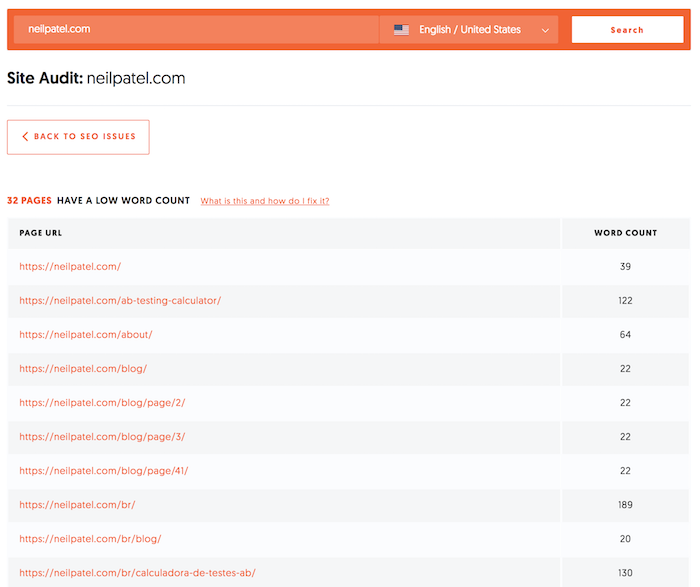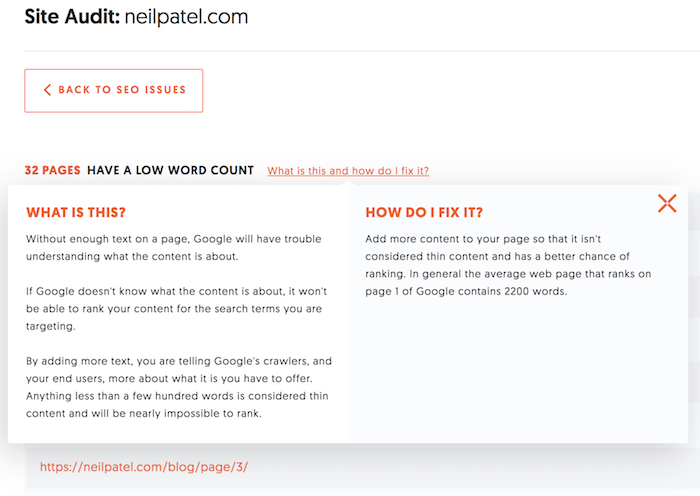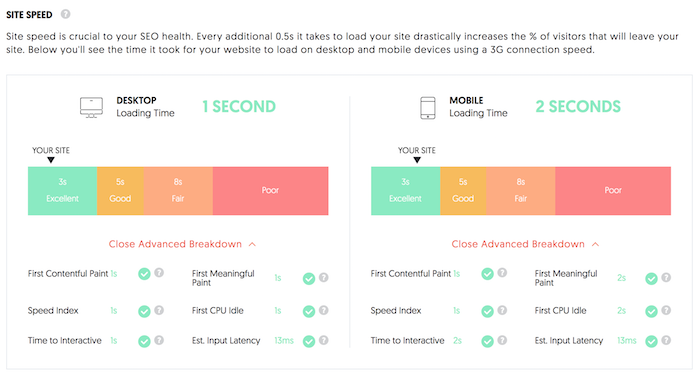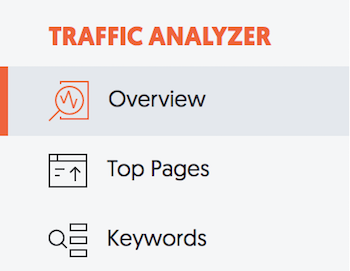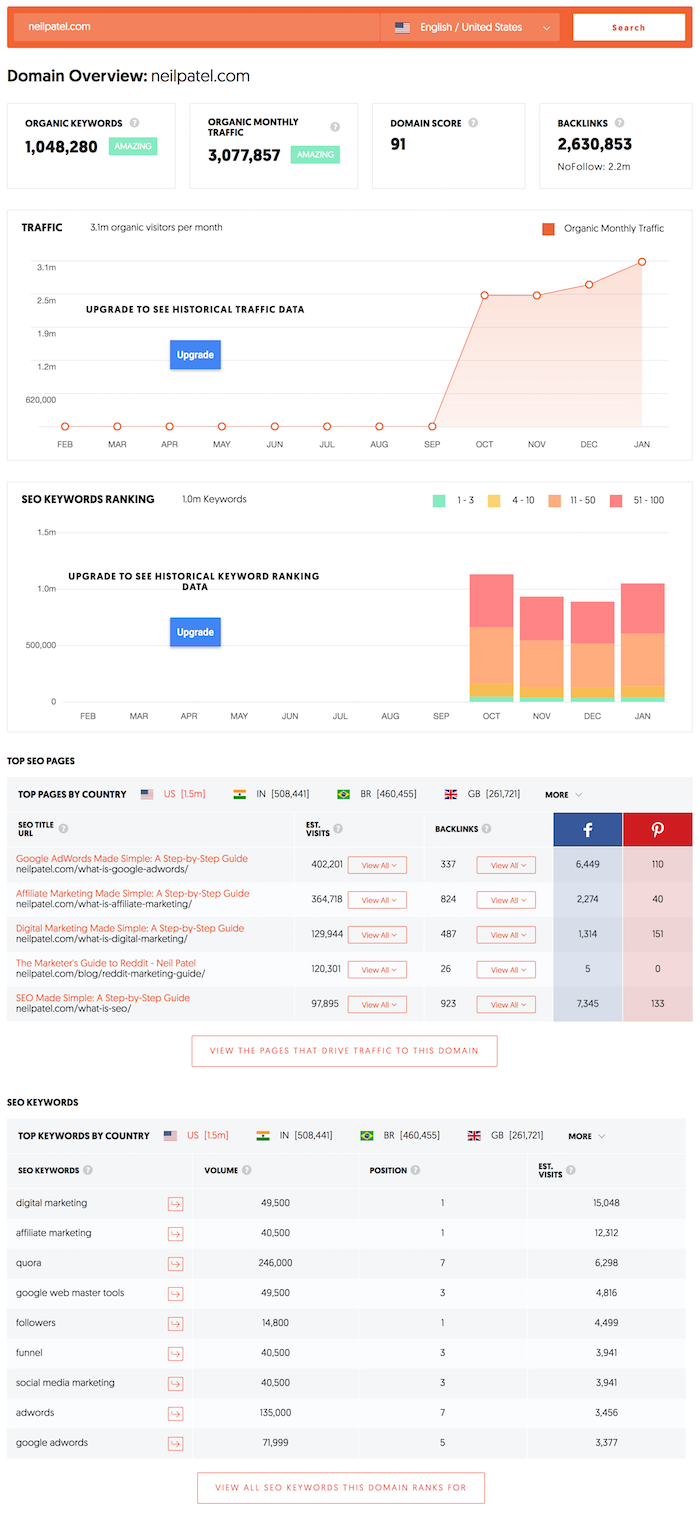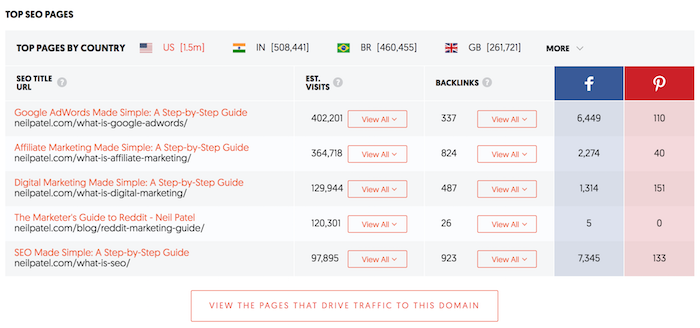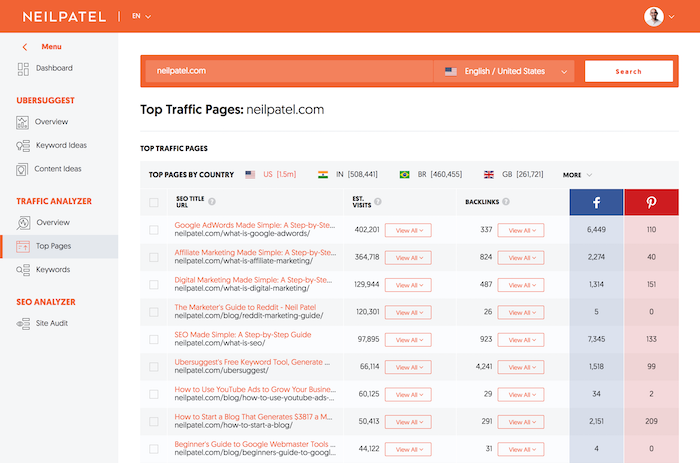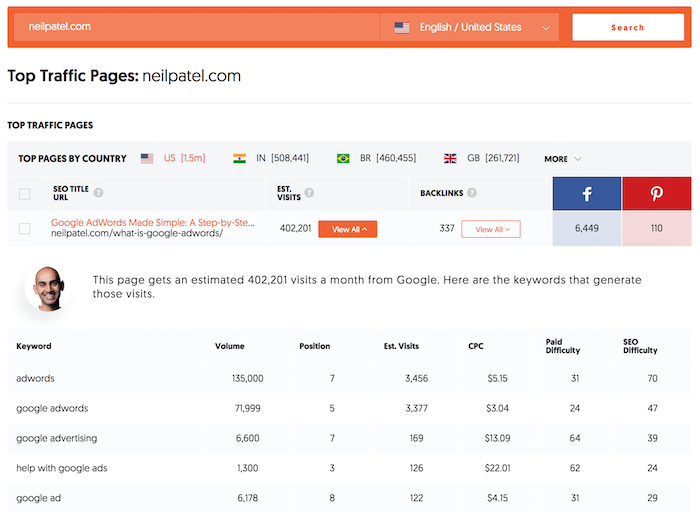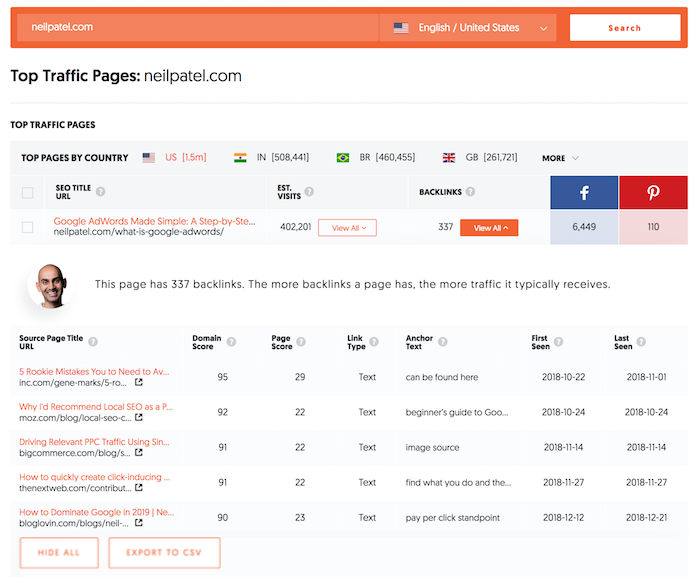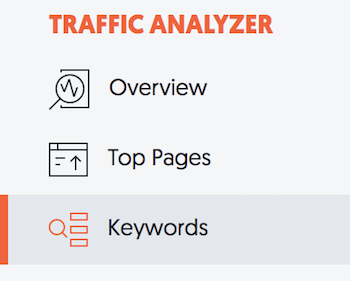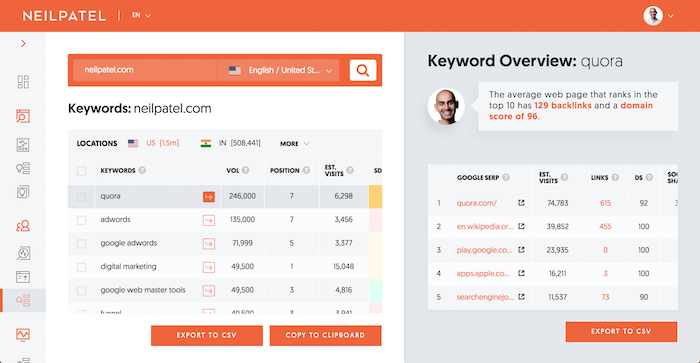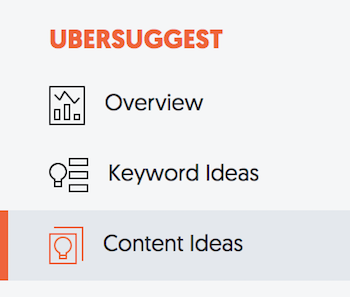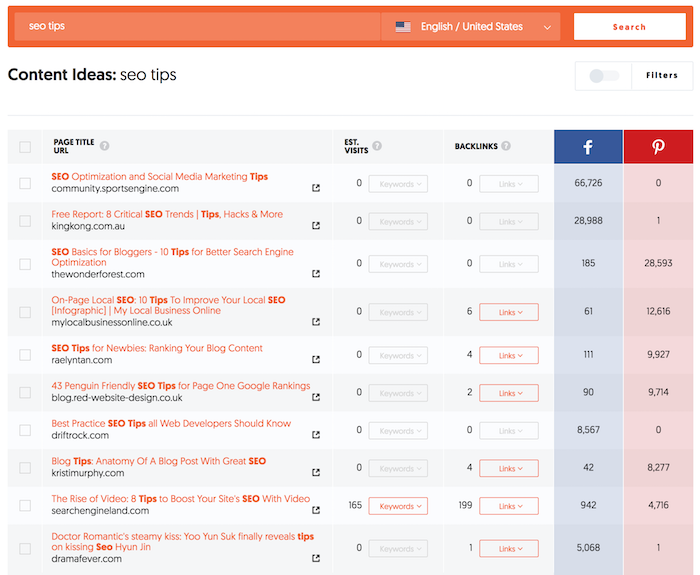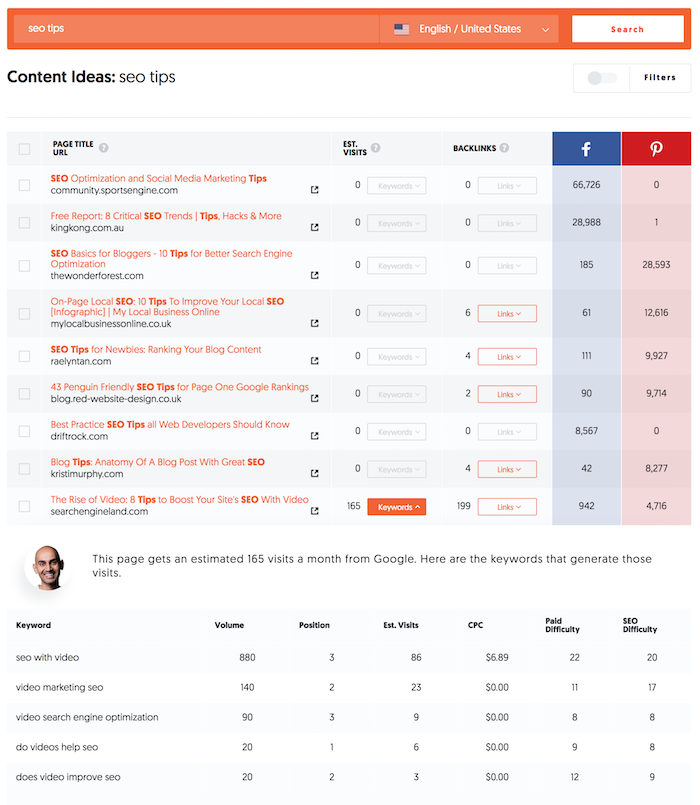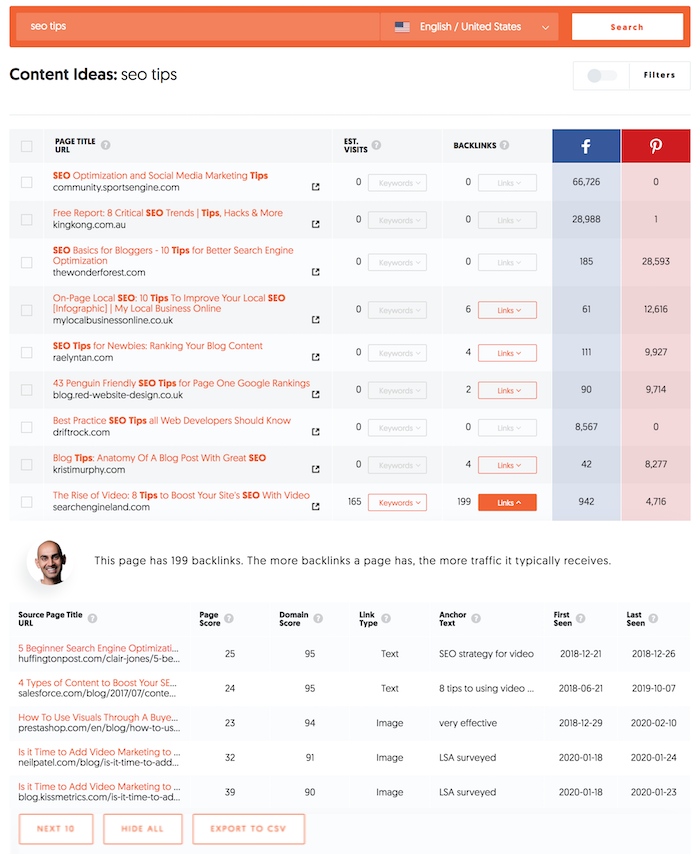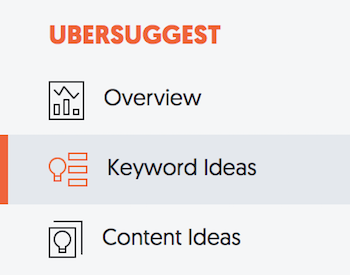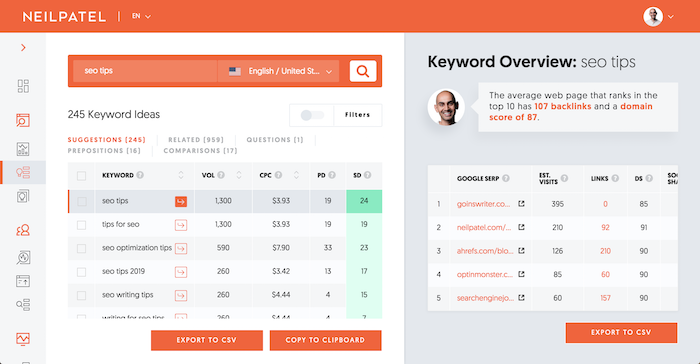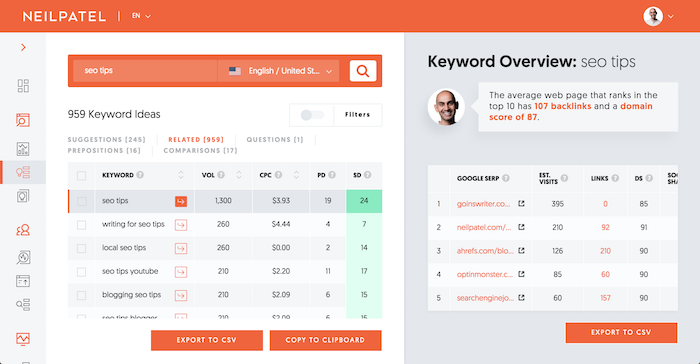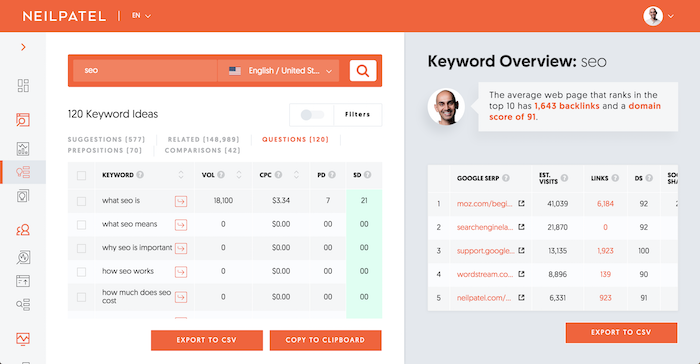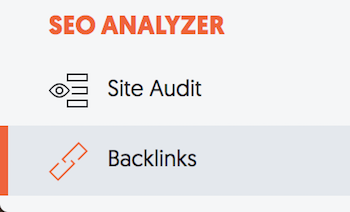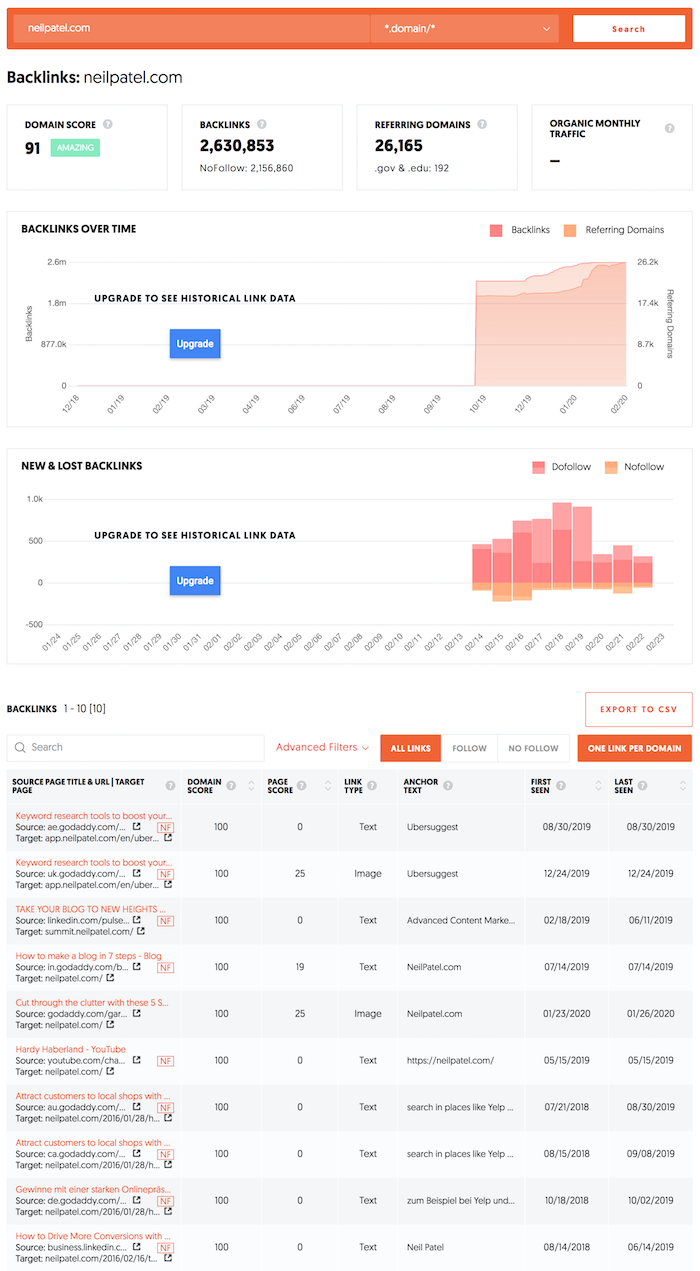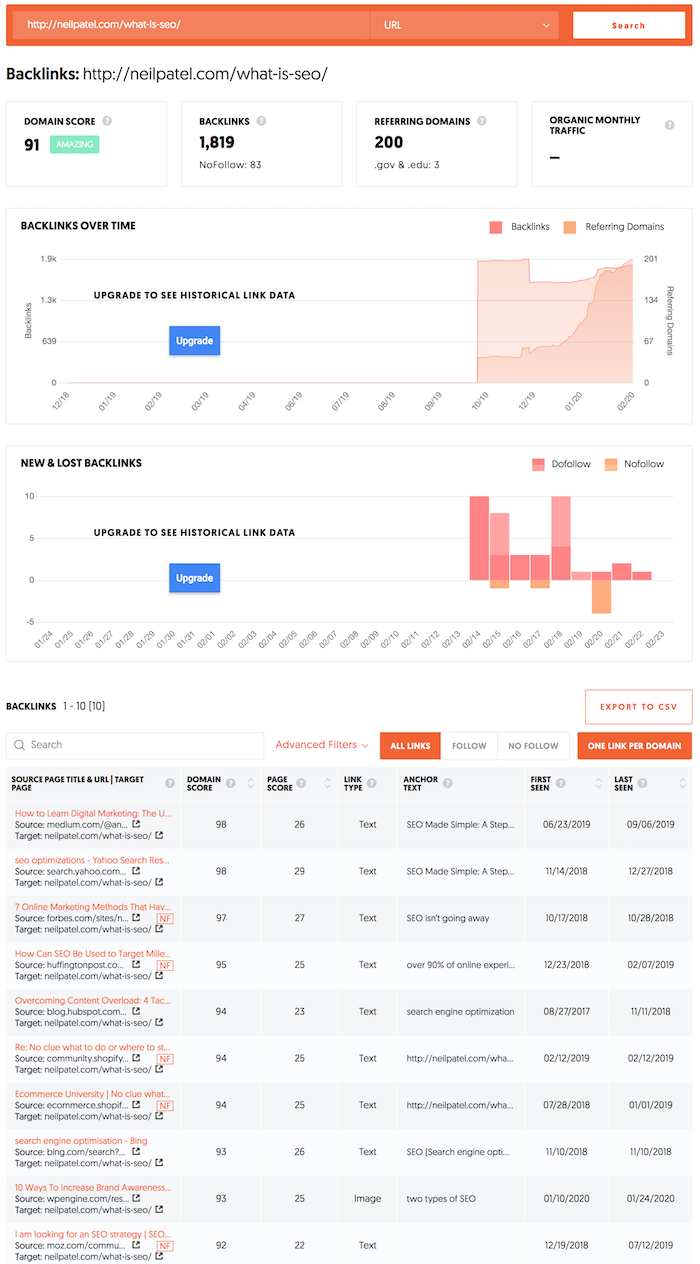How Long Should Blog Posts Be in 2020? [New Data]
If you’re a blogger, you’ve probably asked your editor “how long should this blog post be” more times than you’d care to admit.
And most of the time, you’ll hear an answer that sounds something like this: “However long it needs to be.”
There’s certainly a nugget of truth in there — you shouldn’t beholden yourself to a character count that’s either too low or too high. However, any experienced blogger will tell you that there is an ideal length or range for how long your blog posts should be, especially when you take certain criteria into account like your audience, the topic, the structure of the post, and what your main promotional channel is.
We’ve published thousands of blog posts here at HubSpot, and we analyzed our top-performing ones to see how blog post length impacts success in all of these areas.
Read on to see how long your blog posts should be in 2020.
Ideal Blog Post Length for SEO 2020
For SEO, the ideal blog post length should be 2,100-2,400 words, according to HubSpot data. We averaged the length of our 50 most-read blog posts in 2019, which yielded an average word count of 2,330. Individual blog post lengths ranged from 333 to 5,581 words, with a median length of 2,164 words.
But before you go writing your 2,300 word blog post, keep in mind that not all blog posts need to be super long — in fact, 16 of our top 50 read posts (or about one-third) were under 1,500 words, so there’s still plenty of opportunity to get your posts ranking even with a lower word count.
This can be accomplished by following SEO best practices, including:
- Proper backlinking.
- Attempting to capture Google’s featured snippet.
- Adding alt-text.
- Going after the right keywords.
- Achieving domain and topic authority.
- Incorporating media-rich content in your post body (videos, social media embeds, etc.).
For an overview of everything that goes into getting a blog post to rank on Google outside of word length, check out this blog post.
Ideal Blog Post Length for Lead Generation
Unfortunately, there’s often a disconnect between the posts that generate traffic and those that generate leads or new contacts for your business.
Typically, posts that get more traffic do so because they’re searched for by a wider audience, which sometimes means the topic you’ve written about is more generic and doesn’t align closely with your business.
To speak to this gap, we looked at the 50 posts that brought in the most net new leads for HubSpot in 2019 to see if there was a difference in average length, and to see if writers should adjust post length for posts written to generate leads.
Spoiler alert: there was, and they should.
Based on HubSpot’s data, the ideal length of a blog post intended to generate leads is 2,500 words. The 50 posts that generated the most leads in 2019 were an average of 2,569 words long and had a median length of 2,529 words, which is approximately 250 and 400 words longer than the average and median lengths of the most-read blog posts. The longest post in this cohort was 8,197 words, or approximately 2,500 words longer than the longest most-read post.
So, for a blog post intended to build your contact database, writing longer content definitely works in your favor. Longer content reinforces your knowledge and authority on a subject — particularly if it’s a keyword or a topic for a very specific audience. When your coverage is more in-depth for these ideas, you increase your chances of ranking better — and while your audience might be smaller, your chances of converting readers into leads are far greater.
Ideal Blog Post Lengths for Different Blog Post Types
We didn’t stop there: there are different types and formats of blog posts, so we wanted to see how blog post length impacted the performance of these different post structures.
How long should pillar pages be?
Pillar pages should be around 4,000 words, since they are supposed to cover significantly more content than an average blog post.
A pillar page is your attempt at being the all-encompassing guide to any given subject available on the Internet as a blog post. These posts serve as the “pillar” to a cluster of blog posts, all of which relate to the topic explained in the pillar. You can learn more about pillar pages by watching the video below.
To arrive at the suggested 4,000 word blog post length, we averaged the lengths of our most-read pillar pages in 2019 and found an average of 4,048 words and a median length of 3,639 words. Word lengths for these pillar pages ranged from 2,137 to 10,939 words.
That amount of words might seem scary, but keep in mind how extensive the work that goes into pillar pages — and the content that they cover — should be. Pillar pages should take several days to write, cite multiple sources, and link out to all of your related blog posts on the subject. The work will pay off, however, and you’ll likely see more traffic to the pillar post and the supporting cluster content.
Need help getting started with writing pillar pages? Try using our free blog post templates for organizing and writing your pillar pages.
How long should listicles be?
Listicles, or list blog posts, should be 2,300-2,600 words.
List blog posts are probably the most approachable blog post format for new bloggers. Anyone can make a blog post just by listing off and explaining a few examples, tools, resources, or ideas for a given topic. When it comes to the length of these blog posts, it seems that the rule of thumb is: the more examples, the better.
HubSpot’s most-read listicles in 2019 were an average of 2,574 words and had a median length of 2,332 words. They ranged between 1,040 and 5,581 words in length. All of these numbers are either around the same or higher than the lengths for the average blog post, suggesting that list blog posts perform better when they are longer.
And if you think about it, this makes total sense. When you search for a list of ideas or examples, would you rather see a list of five or a list of fifty? This post format demands plenty of list entries — preferably with images, explanations, and links to their original sources — so put in the effort to build an authoritative and complete list for your readers.
You can use these free listicle blog post templates to get started writing your list posts today.
How long should “how-to” blog posts be?
How-to blog posts should be between 1,700 and 2,100 words.
Because how-to posts describe, well, how to do something, the ideal length of the blog post depends on how difficult it is to do what you’re explaining how to do. For example, this blog post on how to type the shrug emoji is just over 300 words, while this blog post on how to start a business contains more than 8,000.
For our top-read how-to blog posts, we saw an average length of 2,151 words and a median of 1,669 words. While this a rather large range, it shouldn’t be too surprising, since readers don’t need too much — or worse — too little information on how to accomplish their desired task.
Writing a how-to blog post for the first time? Remember that they should be concise and clear, contain section headers, and leave little or nothing to the imagination. Readers are coming to you for instruction, not inspiration, so ensure the post succinctly covers your chosen topic. You can also use this how-to blog post template if you need help organizing and writing the post.
How long should “what is” blog posts be?
“What is” posts, or blog posts that answer a question (such as the one you’re reading right now), should be between 1,300 and 1,700 words (which this one is!).
This type of post is definitely the poster child for making blog posts “as long as they need to be.” When readers search for what, who, or when something is, they typically want a quick answer or explanation. Based on our data, bogging readers down with too much unnecessary information doesn’t always equate to more views — 30% of the HubSpot’s most-read “what is” posts are less than 1,000 words.
If you need help structuring these posts and keeping them short, try using these blog post templates.
Minimum Blog Post Length
Technically, there is no official minimum for blog post length, though Yoast recommends at least 300 words. That said, HubSpot data suggests writing longer posts should be the rule rather than the exception for your blog. This practice will help your website build authority in the eyes of search engines, which can help shorter blog posts rank better.
“Generally, it’s easier for longer content to rank,” says Aja Frost, HubSpot’s Head of Content SEO. “But unless you’re publishing hundreds of [blog] pages with less than 100 words, you won’t get dinged for thin content.”
While longer blog posts tend to perform the best, that’s not to say that every single blog post you publish must be more than 2,000 words. If you feel you’ve covered your topic well enough in 300, 800, or 1,000 words, then so be it.
Getting Started With Your Blog Posts
Now that you know how long your blog posts should be, it’s time to start writing! We’ve compiled a list of resources you can start utilizing today to make your blog more successful.
- A Guide on How to Start a Blog
- A Blog Post on How to Write a Blog (Please forgive us for being so meta)
- A Collection of Free Blog Post Templates [Download Now]
- CMS Software to Host Your Blog Content
- Marketing Analytics Software to Measure Blog Post Performance
![]()
